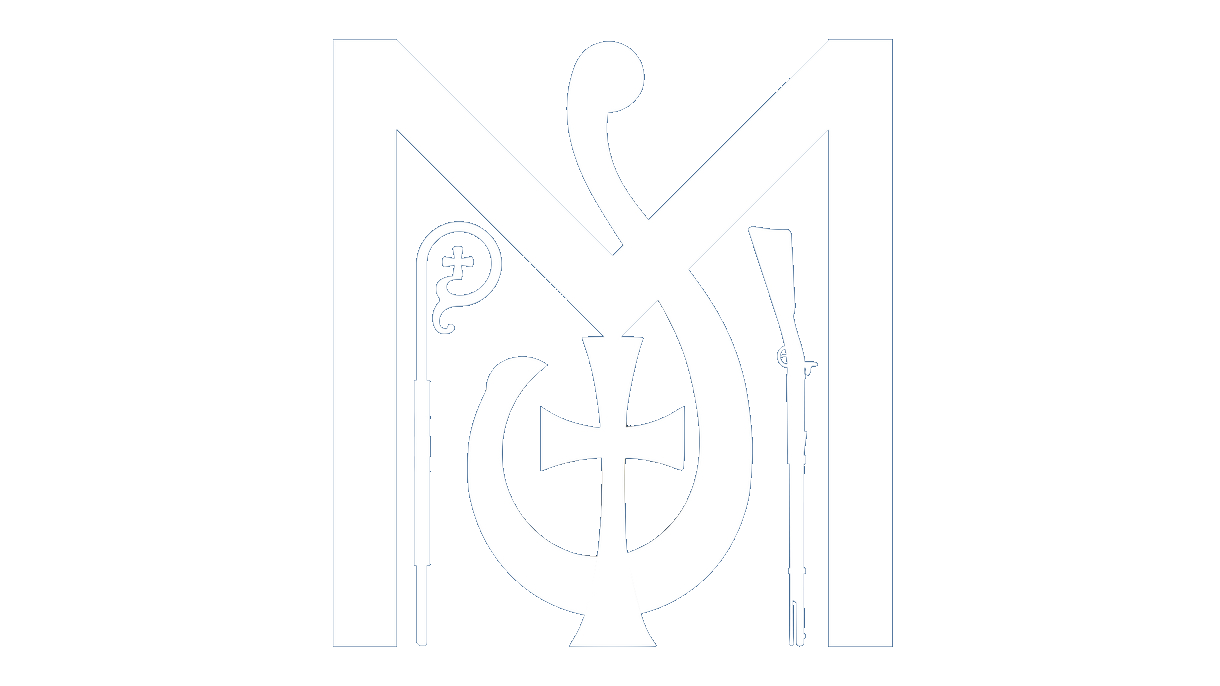History of St Martin
Altar triptych with scenes from the Life of St Martin (Evron, FR)
It all started when…
Martin’s early life was a new and confusing era for the Church as it struggled to reimagine itself once it no longer lived in fear of persecution. The dueling loyalties to God & country were ever-present throughout his life, the main events of which are listed here.
336 - Martin, named after the Roman god of war, is born to a Christian mother and military officer in Pannonia (now Hungary).
351 - Because of a law in place at the time, Martin is drafted at 15 years old into the military because his father served. He enters the Prætorian Guard, an equestrian unit tasked with protecting the emperors.
354 - During a bitter cold winter campaign in Amiens, Martin cuts his government-issued cape in half to clothe a freezing beggar. A dream that night finally compels him to be baptized as a Christian, an interest of his from an early age.
356 - Newly elevated to Cæsar, Julian “the Apostate” has his Prætorians accompany him to the Battle of Strasbourg to quell a barbarian uprising. Likely his first combat deployment, Martin objects, saying “I am the Soldier of Christ, I cannot fight.” He is accused of cowardice and discharged dishonorably.
356 to 370 - Martin seeks out Hilary of Poitiers, who makes him an exorcist (a lay position focused on instructing people prior to baptism) before he goes about setting up churches and monasteries across Gaul (now France). He ministers to poor rural Romans while performing various miracles.
July 4th, 370 - His popularity among the uncivilized ‘pagans’ inspires the people of Tours, a major urban center, to acclaim him Bishop. Never having been ordained and unwilling to be conjoined to a metropolitan see, he reluctantly concedes to their contrived plot and quickly sets up his residence in a cave a mile from the city across the Loire River. It eventually becomes Marmoutier, an influential medieval abbey.
November 8, 397 - Martin’s physical body expires in the small fishing village of Candes. The people of Tours, however, ‘steal’ his corpse for deposit at their urban cathedral and he is buried on November 11th, which becomes his feast day.
Stained glass depicting the ‘theft’ of Martin’s body by people of Tours in Candes, FR



